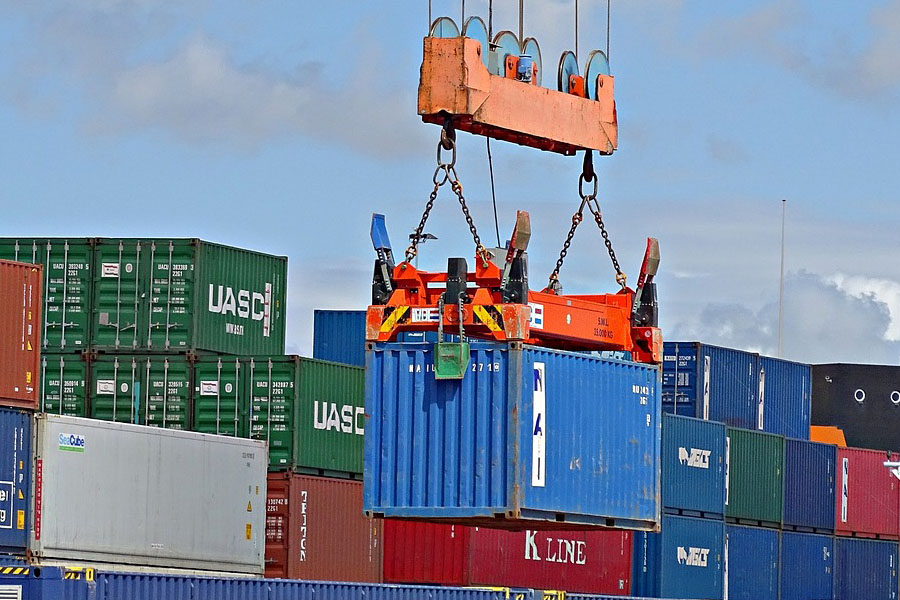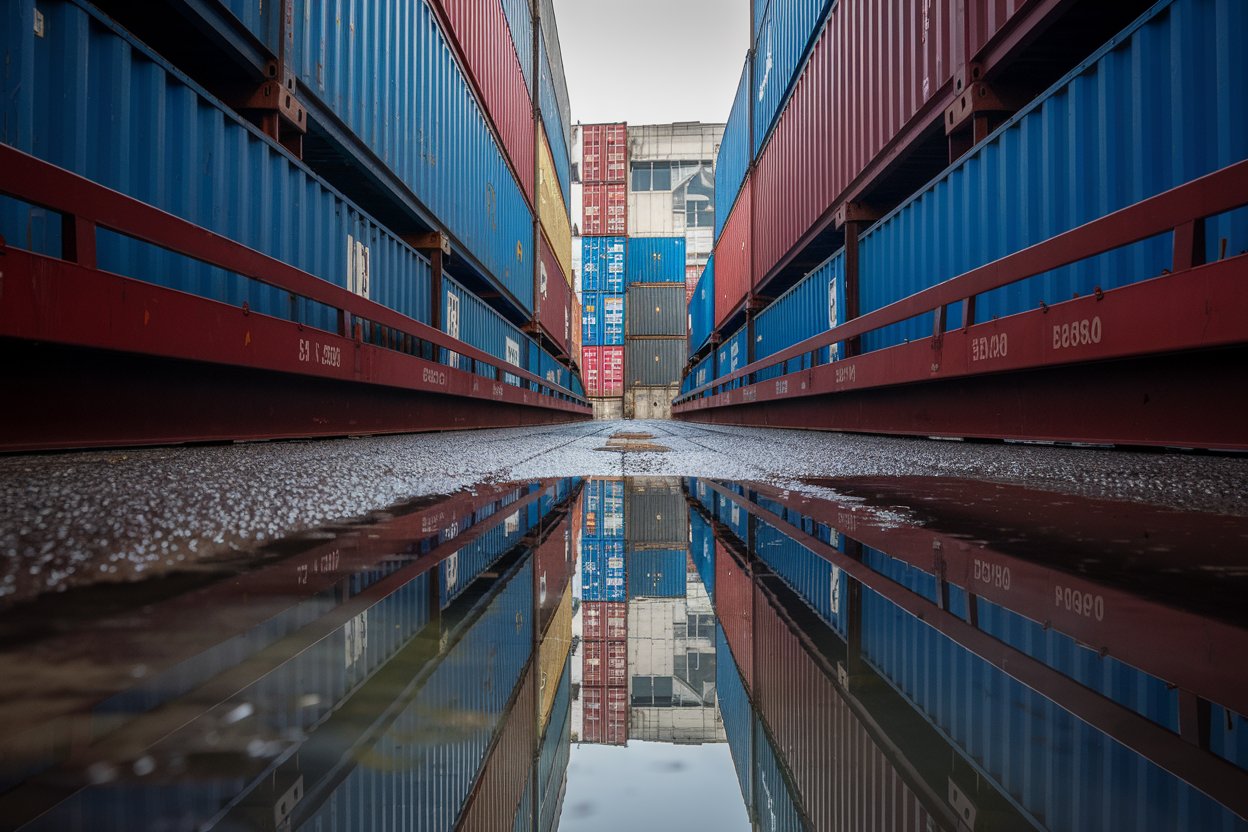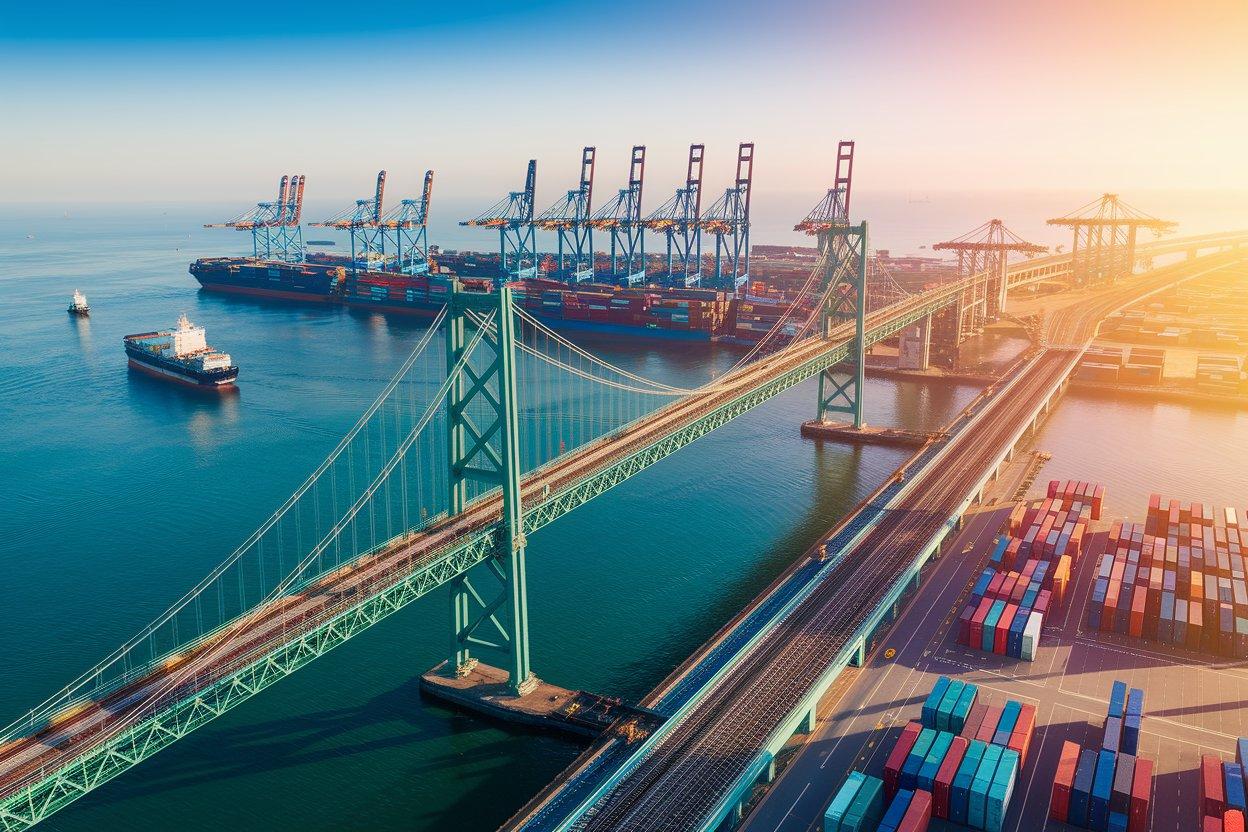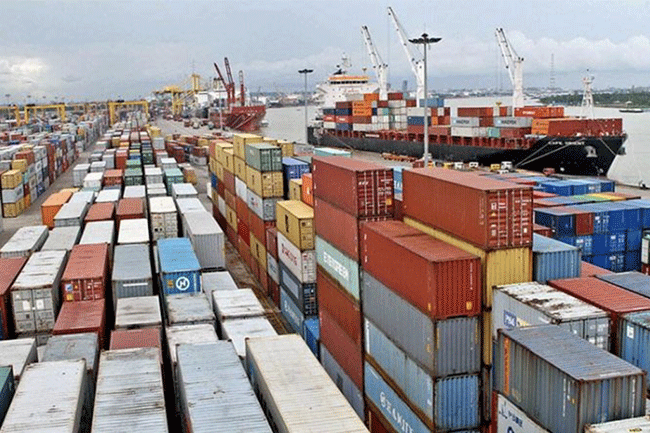- Shanghai Zhongshen International Trade Co., Ltd. - Two decades of trade agency expertise.
- Service Hotline: 139 1787 2118
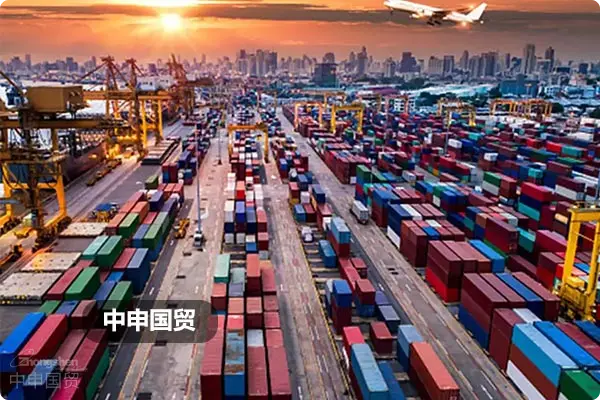
I. Three Key Policy Changes for 2025 Imports
According to the latest ,Medical EquipmentClassification Catalog (2025 Edition) released by the National Medical Products Administration, beautyEquipment ImportsSpecial attention should be paid to:
- equipment attribute determination:RF and laser devices are uniformly classified as Class II medical devices, with those exceeding 50W upgraded to Class III
- Enhanced customs inspections:Beauty equipment inspection rates increased to 15% (only 8% in 2023)
- New logistics regulations:Lithium battery-equipped devices must provide UN38.3 certification, with real-time temperature monitoring data required for cold chain transportation
II. Eight-Step Agency Import Process
Professionalforeign tradeStandard service process of agency companies:
- Phase 1: Qualification review
- Importers must provide: Medical device business license (Class III requires record filing certificate)
- Manufacturers must provide: CE/FDA certification (starting 2025, requires verification by CNAS-accredited laboratories)
- Phase 2: Contract signing
- Clarify responsibility division under DDP/DAP terms
- Specify payment methods for 3% quality deposit
- Phase 3: International transportation
- Precision instruments recommended to use air cushion vehicles + constant temperature containers
- Recommend purchasing transportation insurance worth 0.3% of cargo value
III. Three Core Customs Declaration Points
According to General Administration of Customs Announcement No. 47 of 2025:
- Medical device attribute confirmation
Must simultaneously submit Product Intended Use Instructions and Technical Parameter Comparison Table to avoid classification disputes
- HS code selection
Common tariff codes for beauty equipment:
- 9018.9090 (general treatment equipment) tariff 8%
- 9018.2010 (Laser Therapy Device) 12% tariff
- The latest tax rebate declaration system in 2025 has achieved full - process electronicization, which is specifically divided into five steps:
Must include notarized translations of FDA/CE certifications, Chinese warning label samples, and electromagnetic compatibility test reports
IV. Four Practical Strategies for Cost Optimization
- Tariff Planning:Utilizing RCEP agreement tax rates, Japanese-made equipment can enjoy reduced tariffs down to 5.8%
- Logistics solutions:LCL shipping can save 35% on freight costs (when goods value < $100,000)
- Exchange rate locking:Recommend using forwardFX Settlement AgencyHedging exchange rate risks
- Compliance management:Complete in advance3CCertification can avoid average 23-day customs clearance delays
V. Analysis of Typical Risk Cases
Case 1:A Korean beauty device faced 200,000 RMB administrative penalty due to misclassification under small appliances. Solution: Apply for customs classification advance ruling
Case 2:German imported equipment was returned due to lack of radiation safety certificate. Recommendation: Require suppliers to provide IEC 60601-1 test reports
Professional foreign trade agency services can help importers reduce customs clearance time by 40% and lower overall costs by 15-20%. Recommended to select agencies with medical device import qualifications and establish long-term customs compliance cooperation mechanisms.
Related Recommendations
Category case
Get in Touch
Email: service@sh-zhongshen.com
Related Recommendations
Contact via WeChat

? 2025. All Rights Reserved. Shanghai ICP No. 2023007705-2  PSB Record: Shanghai No.31011502009912
PSB Record: Shanghai No.31011502009912
